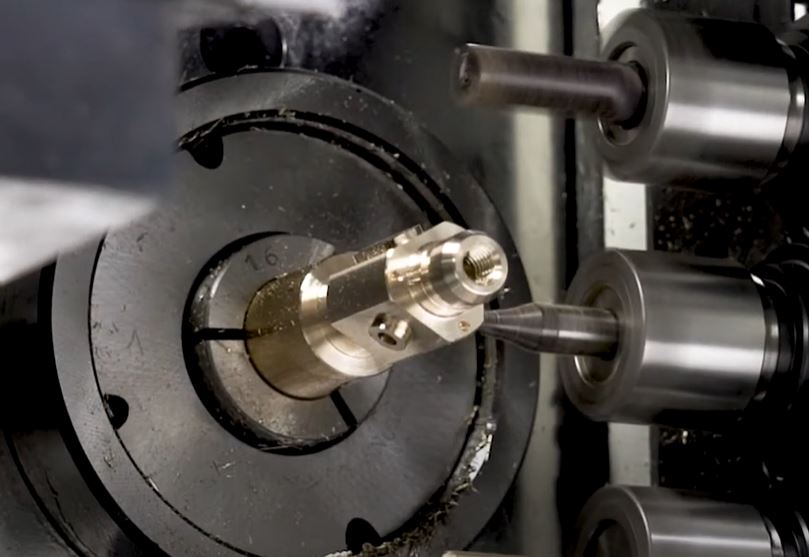

Swiss-Type Lathe: Precision Beyond the Limits of Traditional CNC Turning
What is a Swiss-Type Lathe?
Originally developed in Switzerland for watchmaking, this machine has become a game-changer in industries like aerospace, medical devices, electronics, and automotive, anywhere tight tolerances and high production efficiency are non-negotiable.
A Swiss-type lathe, also known as a sliding headstock lathe, differs fundamentally from a conventional CNC turning center. In a Swiss lathe, the bar stock moves, sliding through a guide bushing, while the tools remain stationary. This design provides incredible stability and allows for tight tolerances, even on long, slender parts that would otherwise deflect or chatter on a traditional lathe.
Swiss machines are usually equipped with multiple tooling stations, including live tooling for milling, drilling, and tapping, making them capable of complete machining in one setup.
Swiss vs. Traditional CNC Lathe, What’s the Difference?
|
Feature |
Swiss-Type Lathe |
Traditional CNC Lathe |
|
Workpiece Movement |
Bar stock moves through guide bushing |
Workpiece is fixed; chuck rotates |
|
Stability |
Excellent (minimal deflection) |
Limited; prone to chatter on long parts |
|
Precision |
Extremely high; suitable for micromachining |
High, but less suited for very small parts |
|
Cycle Time |
Fast, ideal for high-volume production |
Moderate, depends on part complexity |
Why Choose Swiss?
If your parts are small, complex, and require high accuracy, Swiss-type lathes are the clear choice. They reduce setup time, increase throughput, and eliminate secondary operations. With multi-axis configurations (including B-axis and Y-axis tooling), these machines can tackle intricate geometries with ease.
Whether you're producing precision bone screws or tiny fuel injector nozzles, the Swiss-type lathe is a true production powerhouse.
